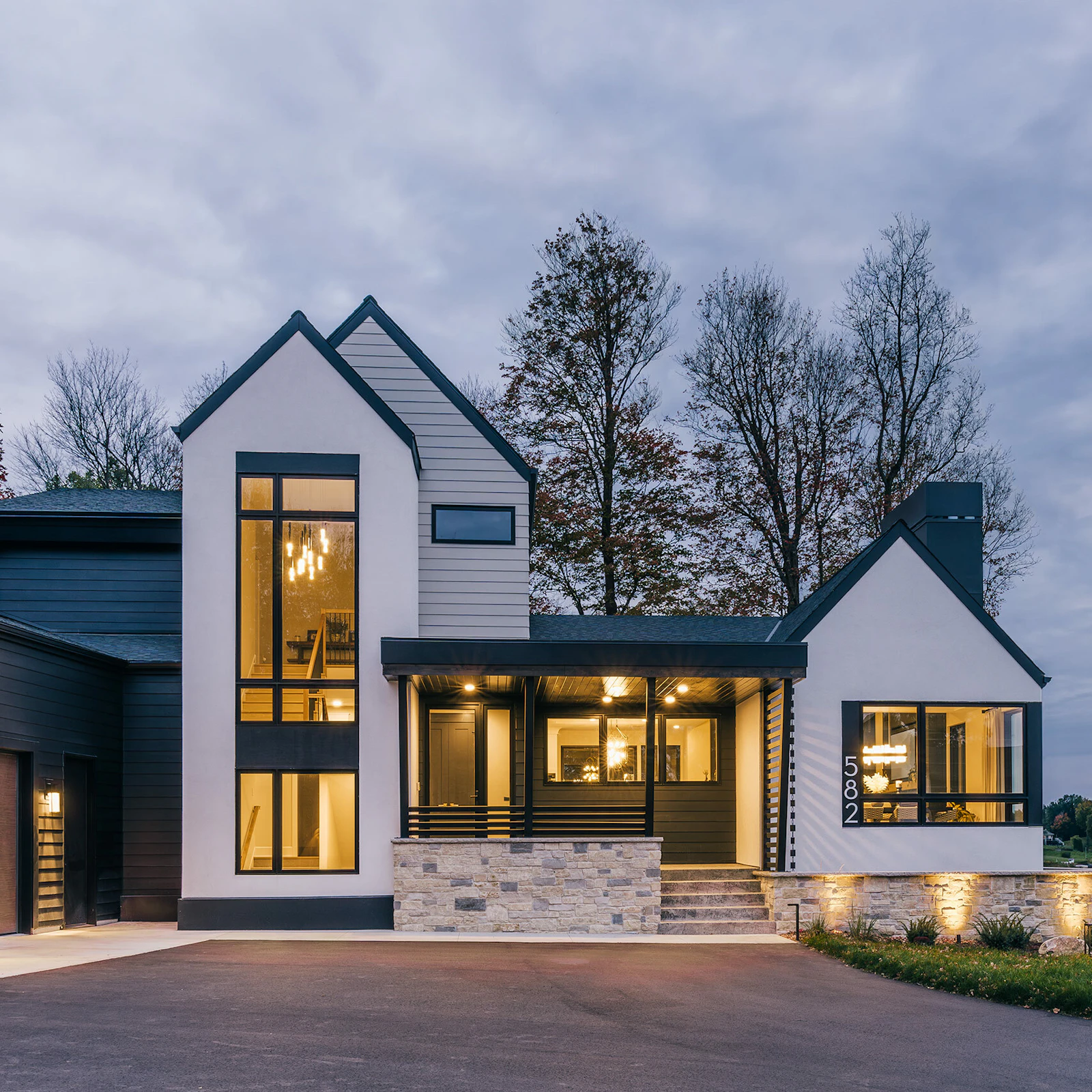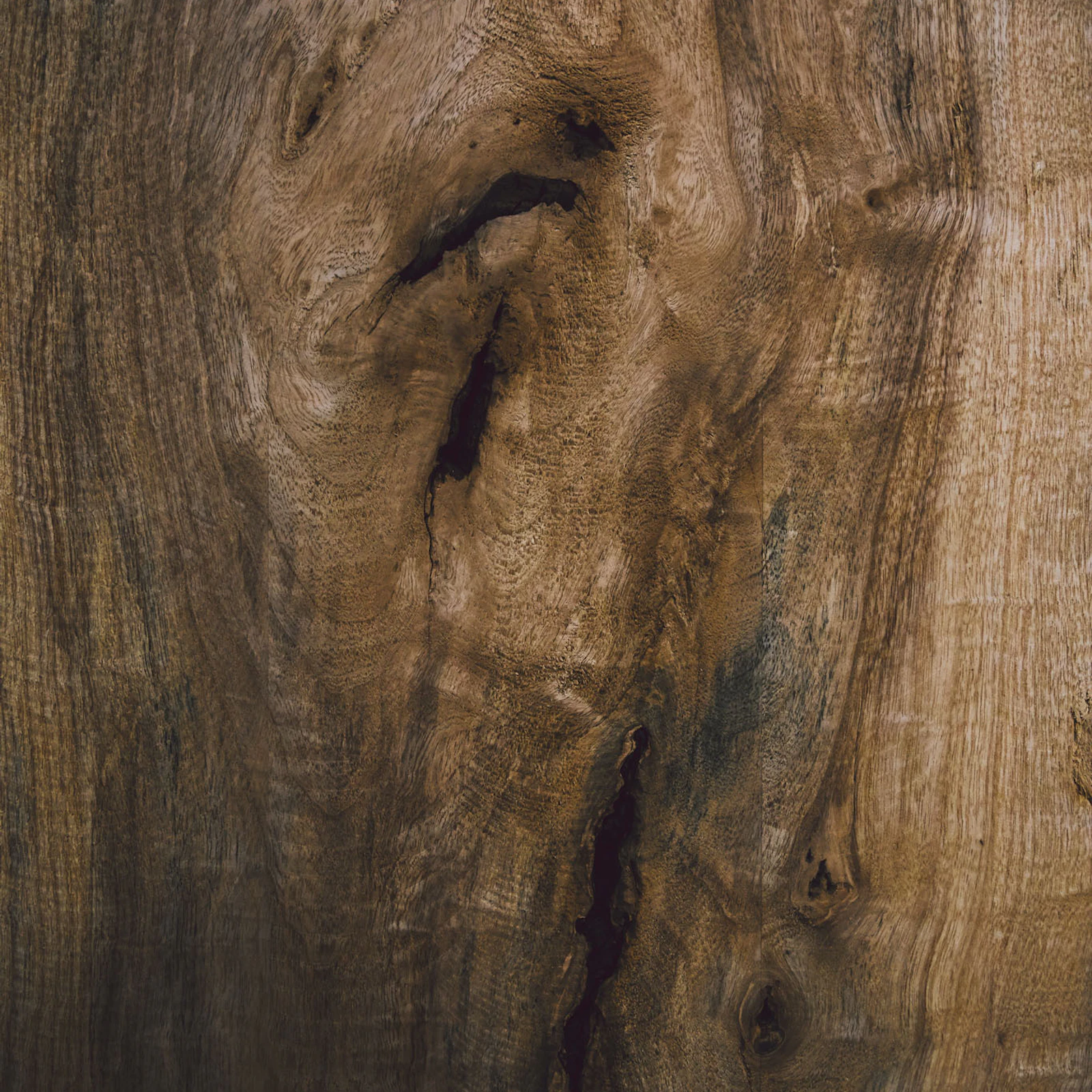When it comes to home design, the terms "modern" and "contemporary" are often used interchangeably—but they represent distinct styles with unique histories and evolving aesthetics.


Originating in the early to mid‑20th century and heavily influenced by Scandinavian minimalism and the Bauhaus movement, modern design emphasizes the principle of “form follows function.” Think clean lines, geometric shapes, symmetrical layouts, and a restrained color palette dominated by warm neutrals. This aesthetic celebrates natural materials such as wood, leather, and stone—used in their most authentic forms to create enduring, functional spaces.
In contrast, contemporary design is less tied to a specific period and more reflective of current trends. Since the 1970s, this style has been evolving—drawing from modernism, postmodernism, Art Deco, and beyond.
Contemporary interiors often feature an open floor plan, sculptural forms, mixed textures, and bold accents that evolve alongside design trends. Neutral palettes remain foundational, but designers elevate the look with dynamic pops of color, statement furnishings, and layered materials.
While both aesthetics share a minimalist foundation, their stylistic directions diverge clearly:
Structure vs. Flexibility: Modern homes are known for their structured, balanced architecture and predictable materials. Contemporary homes embrace artistic freedom, celebrating asymmetry and fluid forms.
Materials: The modern palette leans toward medium to dark woods, chrome, acrylic, leather, and concrete—reflecting a mid‑century industrial sensibility. Contemporary design, on the other hand, often incorporates lighter woods, eco‑friendly materials, and recycled or sustainable options like glass and plastic.
Mood + Tone: Modern spaces tend to feel warm and grounded; contemporary ones feel sleek, dynamic, and adventurous.
Overall, understanding the differences between contemporary style and modern decor can help you make informed decisions when designing your dream home.
When it comes to choosing between modern and contemporary design styles, there are no right or wrong answers. The decision should be based on the needs and preferences of you and your family. It's important to go with design elements that you like and that are functional for your everyday life. And remember, there's no hard and fast line between the two styles, so feel free to mix and match to create your own unique style.
If you're having trouble deciding, consider the following,
Personal Preference: If an open concept, natural materials, functional spaces, and large windows resonate with you, modern is your style. If you crave flexibility, current trends, and artistic expression, contemporary may be the better fit.
Architectural Fit: A mid‑century or minimalist home complements a modern aesthetic beautifully, while contemporary design adapts easily to both traditional and avant‑garde architecture.


There’s also a harmonious middle path—transitional style. It blends traditional architectural elements with modern restraint, creating interiors that feel both classic and comfortable. Neutral color schemes—like whites, creams, and grays—are enlivened through textural contrasts rather than bold patterns.
Choosing between modern and contemporary influences everything—from architectural form to interior details. Both styles offer minimalist foundations, but while modern design reflects a specific historic movement, contemporary design embraces the ever-shifting currents of design culture.
Whether you're renovating, designing a custom home, or curating a timeless interior, clarity between these styles elevates your creative vision and strengthens your project's appeal.
Pro Tip: It can be helpful to make a list of the design elements you like or dislike before meeting with an architect or designer. This will give them direction and help speed up the design-build process. Ultimately, the most important thing is to build a home that you love and that reflects your personal style.


At Sustainable 9, our team is passionate about turning design intentions into built realities. Whether your vision leans toward the timeless elegance of modernism, the dynamic innovation of contemporary design, or a blended transitional approach, we’re here to help you craft spaces that reflects your everyday living.
Explore our custom home, interior design, and renovation services with a focus on beauty, intention, and sustainability.
